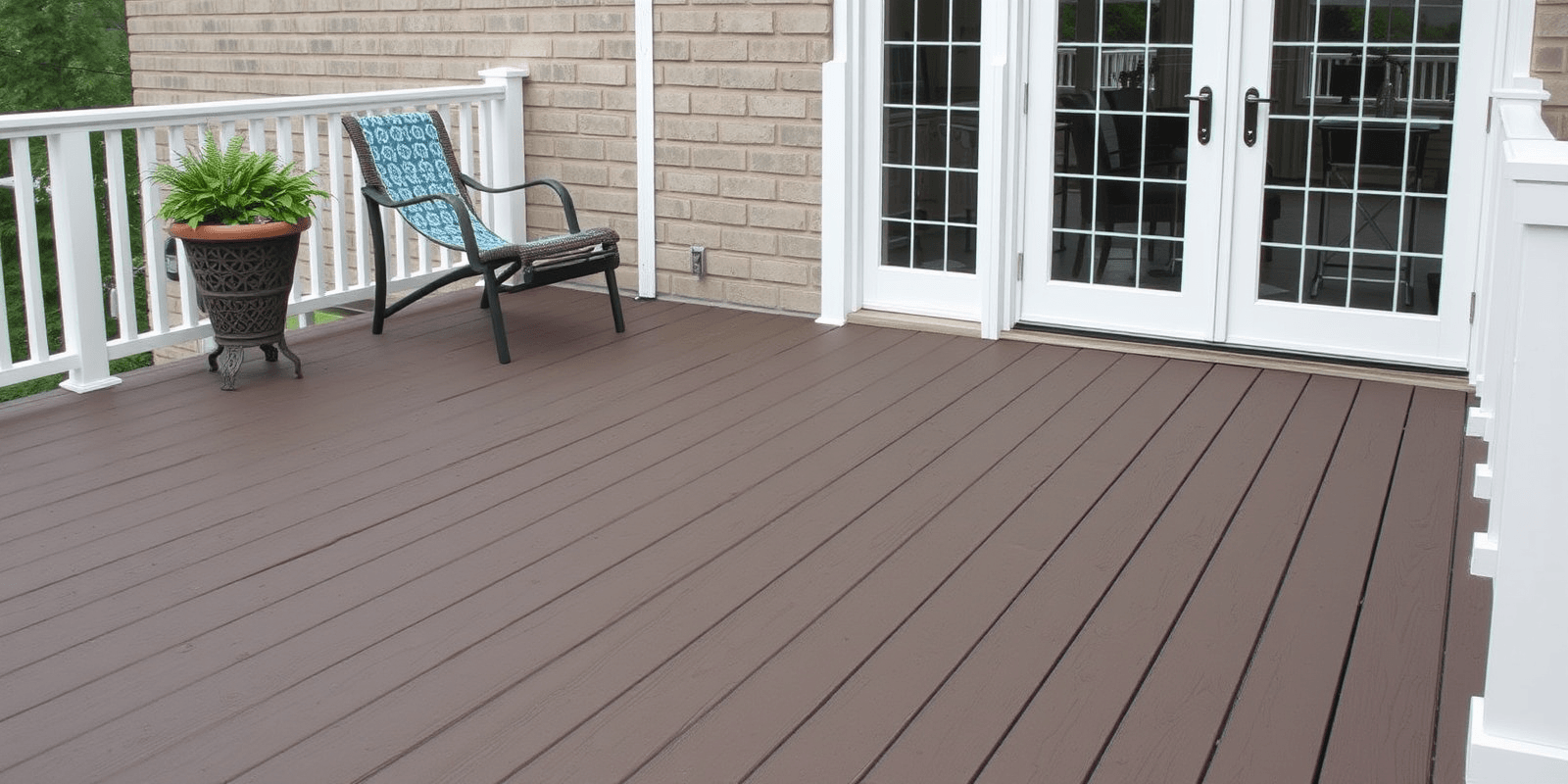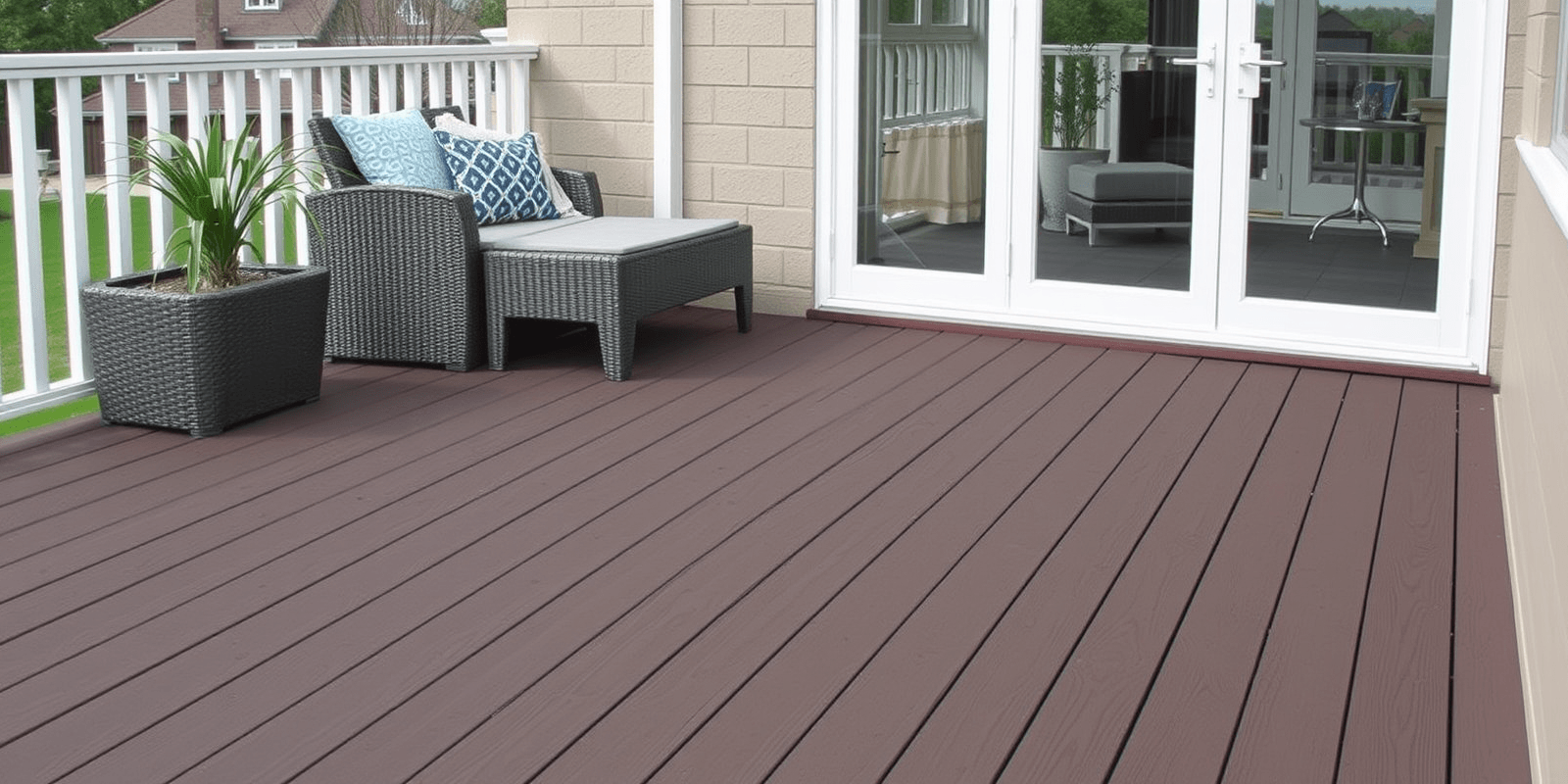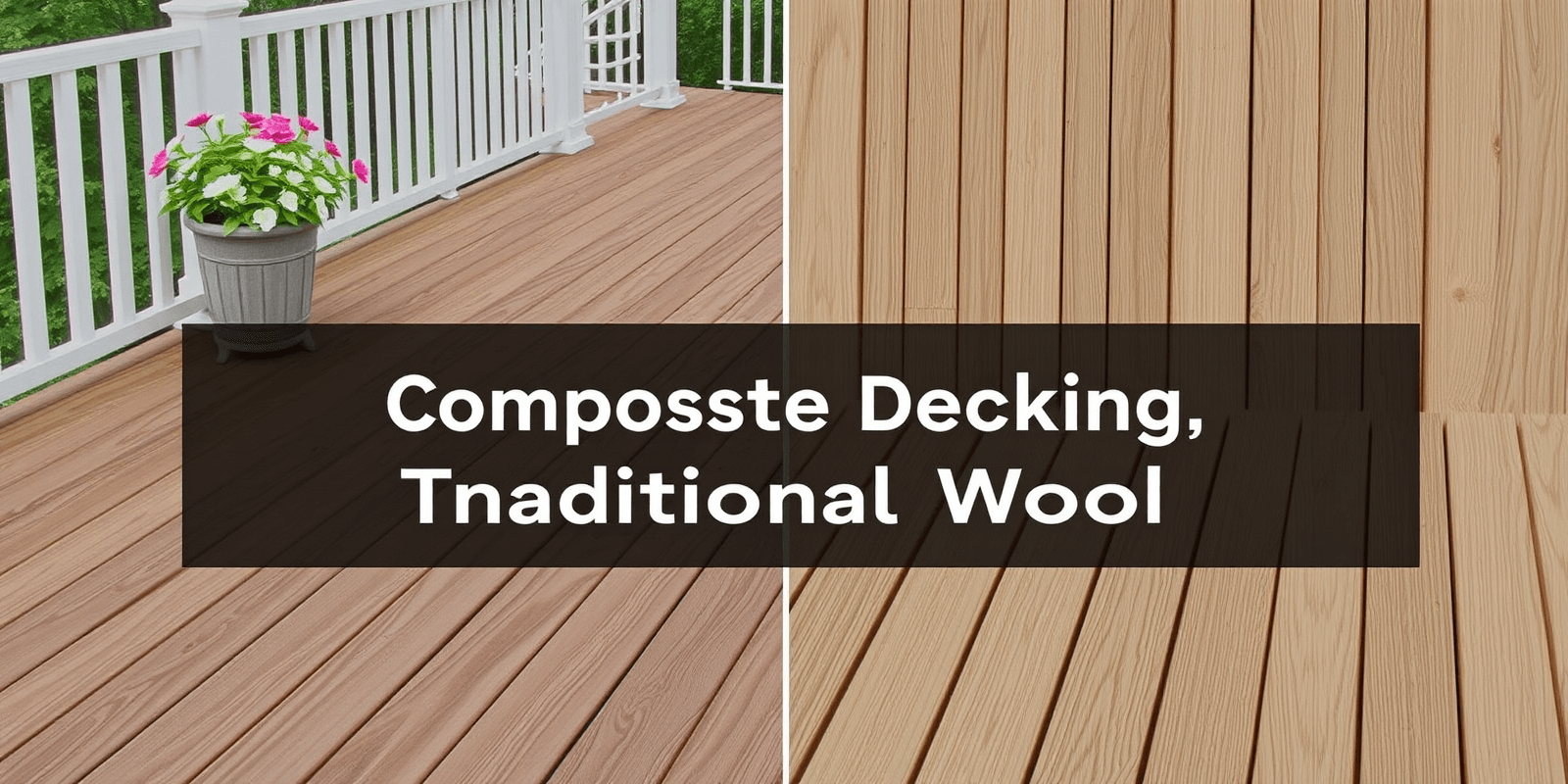“`html
TREX Composite Decking Problems
Introduction
TREX composite decking has gained immense popularity for its durability and low-maintenance requirements. However, like any building material, it can face certain challenges over time. This article will detail the most common issues associated with TREX composite decking, including fading, scratches, mold growth, and structural problems. Additionally, we’ll provide step-by-step instructions or tips on how to address each problem effectively.
Fading: A Common Issue with TREX Composite Decking
One of the primary concerns with TREX composite decking is fading. Exposure to sunlight can cause the deck boards to lose their vibrant color and develop a dull appearance. While this is an aesthetic issue, it can be disheartening for homeowners who have invested in the beauty of their outdoor space.
How to Address Fading:
- Regular Cleaning: Regular cleaning can help maintain the deck’s appearance by removing dirt and debris that may contribute to fading.
- Use a UV Protectant: Applying a UV protectant can help slow down the fading process. Products specifically designed for composite decking can be found at your local hardware store.
- Consider Professional Help: If the fading is severe, consider consulting a professional for a more thorough treatment or refinishing options.
Scratches and Dents: Another Common Concern
Composite decks are generally more resistant to scratches than traditional wood decks. However, they can still show signs of wear and tear over time, especially in high-traffic areas or if sharp objects are dropped on the surface.
How to Address Scratches and Dents:
- Light Scratches: Light scratches can often be treated with a gentle sanding and application of a deck cleaner followed by a sealant.
- Severe Damage: For deeper scratches or dents, it might be necessary to replace the affected board or use a composite repair kit designed for such issues.
- Preventive Measures: Place mats or rugs in high-traffic areas to minimize the risk of scratches.
Mold Growth: A Persistent Problem
Mold growth is another common issue faced by TREX composite decks. Despite being moisture-resistant, these decks can still accumulate mold and mildew, especially in humid climates or shaded areas.
How to Address Mold Growth:
- Regular Cleaning: Regular cleaning with a solution of water and a non-abrasive cleaner can prevent mold from taking hold.
- Use Mold Removers: For existing mold, use a mold remover specifically designed for composite materials. Follow the manufacturer’s instructions carefully.
- Improve Drainage: Ensure proper drainage around the deck to reduce moisture accumulation.
Structural Problems: When It’s More Than Just Aesthetic
While less common, structural issues can arise with TREX composite decking. These can include loose connections, sagging boards, or even delamination in extreme cases.
How to Address Structural Problems:
- Check Fasteners: Inspect all fasteners and tighten or replace as needed. Loose fasteners can lead to further damage.
- Reinforce Weak Spots: Use additional support where necessary, such as adding joist hangers or replacing damaged sections.
- Consult Professionals: If you suspect a serious structural issue, it’s best to consult a professional for a thorough assessment and repair.
“`



